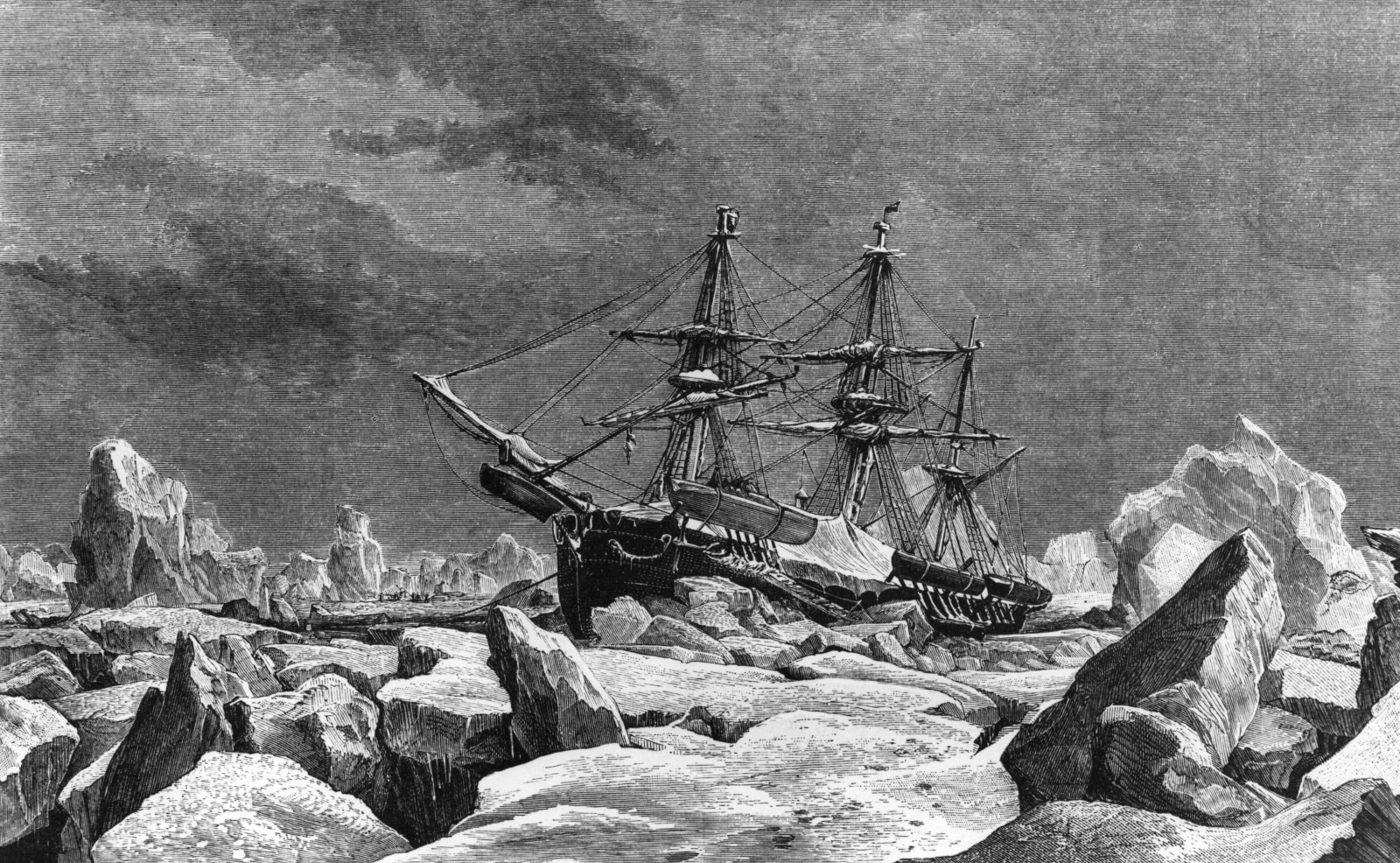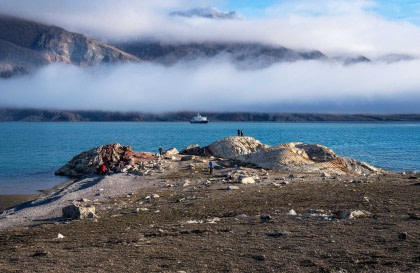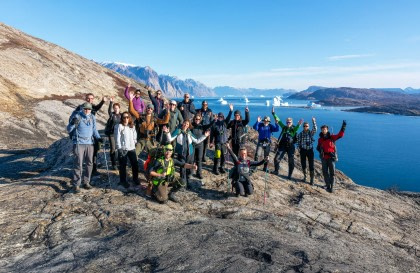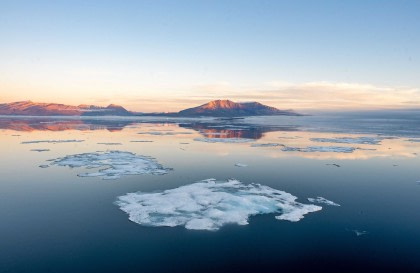Before the modern world tamed and charted the Canadian Arctic, the possibility of a navigable route through the ice lured explorers, cartographers, merchants, and sailors north in a quest for polar glory, financial reward, and prestige. This fabled Northwest Passage would ultimately claim the lives of many.
Perhaps one of the most well-known and tragic polar expeditions to have pursued the Northwest Passage was led by Sir John Franklin, a British sailor, Royal Navy officer, and explorer. Franklin and 129 men aboard two Royal Navy vessels, HMS Terror and HMS Erebus, would vanish into the Arctic wilderness in 1845, starting a tale full of mystery and tragedy.
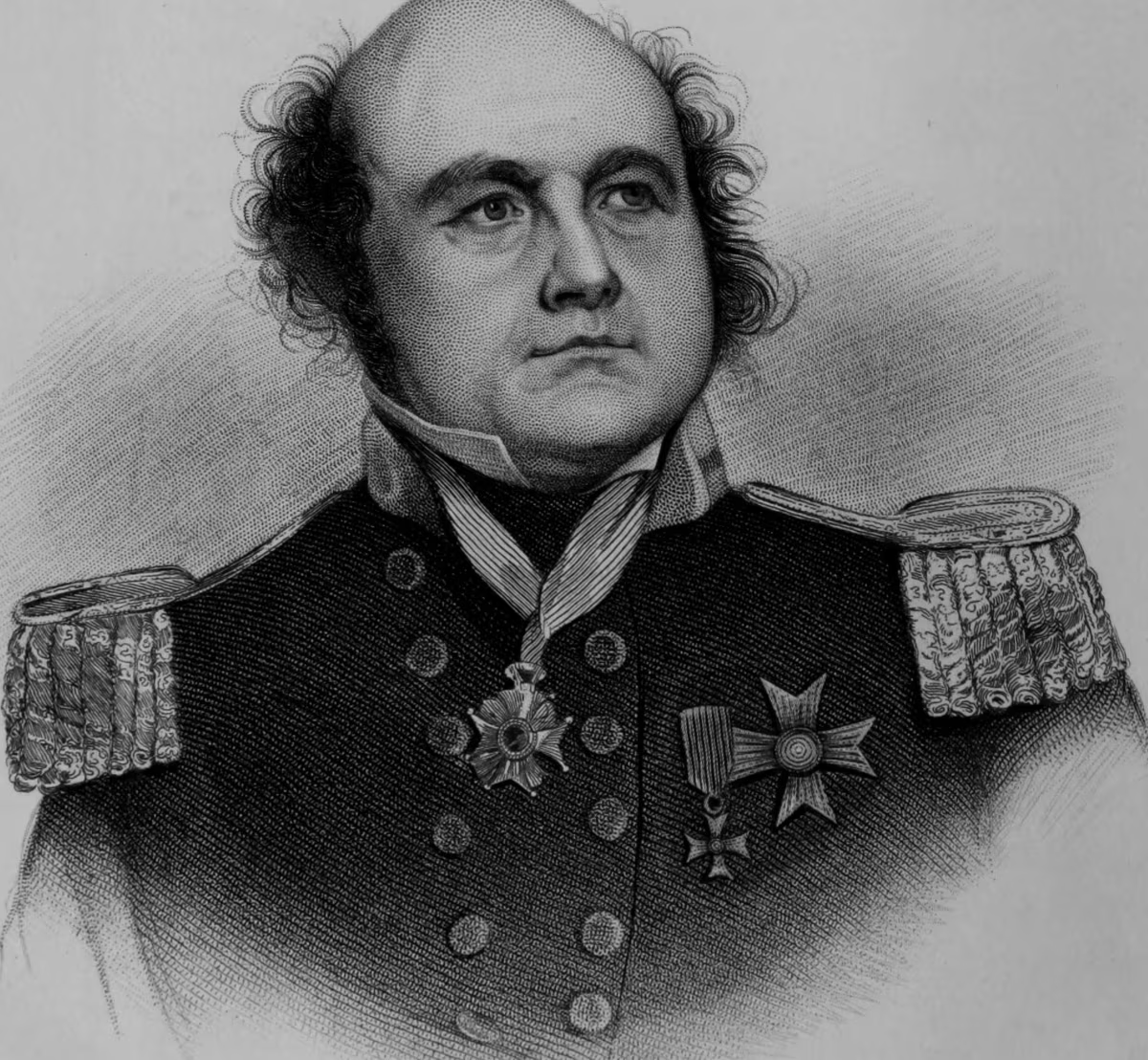
A modern Arctic expedition for the time
The expedition was the brainchild of Sir John Barrow, the leading British Admiralty figure and longtime advocate for the search for the Northwest Passage. He appointed Sir John Franklin, a veteran of the Napoleonic Wars and several previous polar expeditions. Alongside Franklin, polar veteran Francis Crozier was chosen to command HMS Terror, while Captain James Fitzjames was appointed to command the expedition's flagship, HMS Erebus.
Both vessels were polar veterans used in Sir James Clark Ross's expedition to Antarctica between 1839 and 1843. Mount Terror and Mount Erebus on Ross Island in Antarctica are named for both ships. Erebus and Terror boasted technology advanced for the time, designed for use in an unforgiving polar environment. Steam engines had been fitted to drive the ship's screw propellors when not under sail, an internal heating system was powered by onboard boilers, while reinforced bows and retractable rudders and propellers helped avoid damage from heavy pack-ice.
The expedition was also well-stocked for survival in the ice. The ships carried over three years' food supply, including over 8,000 tins of tinned food, dried meat, and the polar expedition staple, pemmican.
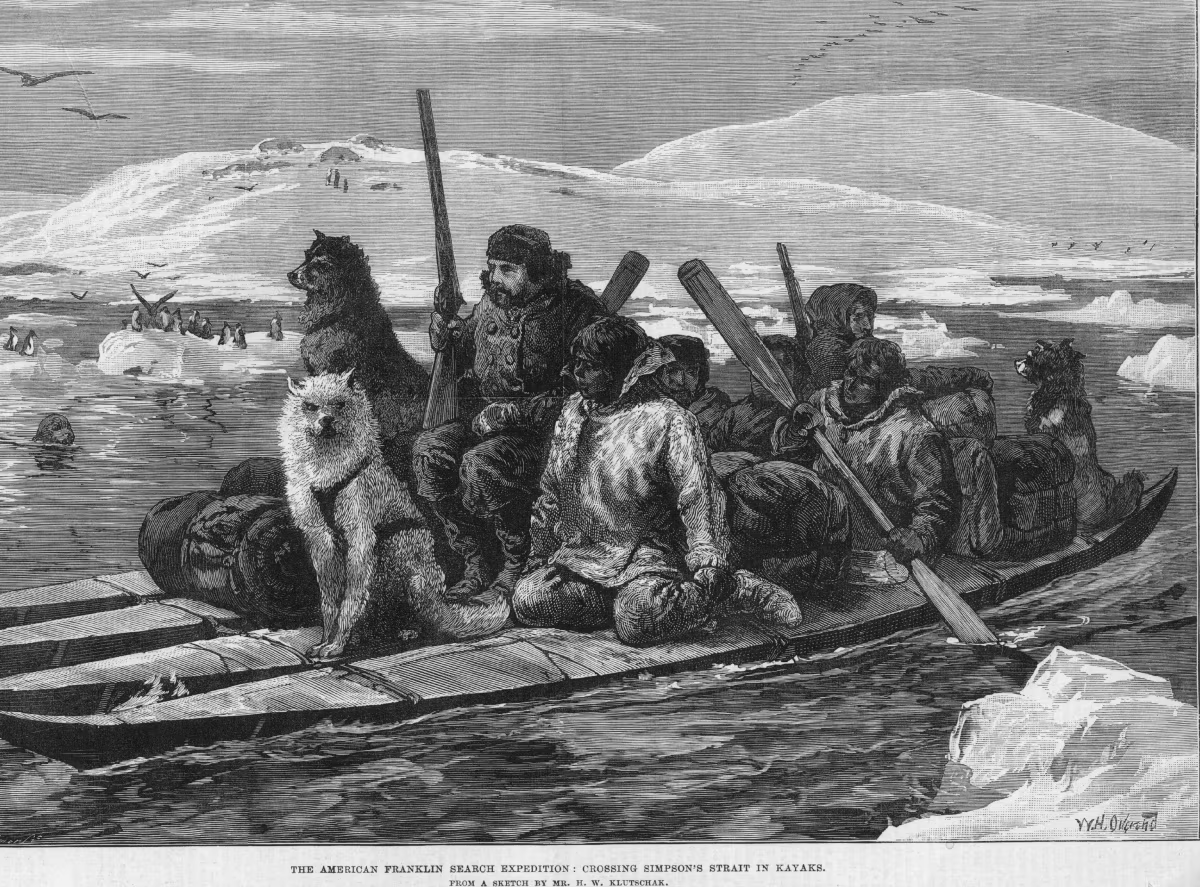
In May 1845, the expedition set sail from Greenhithe, England, with a course charted for the area west of Lancaster Sound, aiming to uncover the fabled Northwest Passage in the vast, unexplored northwest. It briefly stopped in Greenland. Two whaling vessels last spotted the expedition in Baffin Bay in late July 1845. The two ships, along with all aboard, then vanished, never to be seen by Europeans again.
Franklin lost to the ice
By 1847, nothing had been heard from Franklin's Expedition. However, it was not until 1848 that the British Admiralty, at the urging of Franklin's wife, Lady Jane Franklin, and the British Press, caved to the fact that the three years' supply of food carried by the expedition would by now have been exhausted. The Admirality organized a series of searches; the first was pursued overland in the spring of 1848, following the Mackenzie River into the Canadian Arctic wilderness. This search was unsuccessful, but its leader, John Rae, would remain in the Arctic for many years to continue the search.
Two rescue expeditions were sent at sea, one led by Sir James Clark Ross, entering via Lancaster Sound, and the other by Henry Kellett, searching from the Pacific Coast. The British Admiralty also issued a call to arms, offering a reward equivalent to £2,500,000 in modern money "for any Party or Parties, of any country, who shall render assistance to the crews of the Discovery Ships under the command of Sir John Franklin." Both expeditions were unsuccessful.
It was not until 1850 that the first hint of the expedition was found. On Beechey Island, the remnants of a winter camp were discovered along with the graves of three expedition men: John Torrington, John Hartnell, and William Braine. The fate of the others remained a mystery.
A grisly end to an Arctic expedition
In 1854, John Rae, who had continued his overland search for the expedition, met with a local Inuit group who told him of a party of white men who had died of starvation near the mouth of the Black River. This story was corroborated by additional groups of Inuit, who also reported acts of cannibalism among the group. Rae was also shown a number of objects recovered by the Inuit, including silver cutlery belonging to the expedition's officers.

Shocked by his findings, Rae reported to the Admiralty, which, despite the further discovery of pieces of wood engraved with the words "Erebus" and Inuit testimony, did not plan a further search of its own. The Royal Navy labeled the crew deceased in service in March 1854.
Lady Jane Franklin, distraught by Rae's findings and her husband's unknown fate, personally commissioned one last expedition, the McClintock Arctic Expedition of 1857, led by Sir Francis Leopold McClintock. By April 1859, McClintock's expedition had separated into three sled dog parties, following reports from local Inuit that the remains of a wooden sailing vessel had been spotted to the west of King William Island. Here, 14 years after they had vanished, they discovered Franklin and his men's ultimate fate.
His teams discovered a note hidden in a cairn at what would later be called Victory Point. This note, written in 1847 and consisting of two parts, details the expedition's overwintering on Beechey Island from 1846. This second addition to the note, presumably written a year later in April 1848, stated:
"HM ships 'Terror' and 'Erebus' were deserted on the 22nd April, 5 leagues NNW of this... beset since 12th September, 1846. The officers and crews, consisting of 105 souls, under the command of Captain F.R.M. Crozier, landed here in lat. 69˚ 37' 42" N., long. 98˚ 41' W.
Sir John Franklin died on the 11th June, 1847; and the total loss
by deaths in the expedition has been to this date 9 officers and 15 men.
(Signed) JAMES FITZJAMES, Captain H.M.S. Erebus.
(Signed) F.R.M. CROZIER, Captain & Senior Offr.
and start on tomorrow, 26th, for Black Fish River"

On the west coast of King William Island, the sled team discovered a lifeboat containing two human skeletons and relics from the expedition. Another team discovered a third human skeleton on the southern shore. They also found rusted cans, the remains of camps, and numerous other items from both ships. The expedition's fate then, it seemed, had been starvation as they attempted to walk south toward the distant outposts of civilization of Northern Canada.
The mystery continues
Over the following years, several further expeditions attempted to uncover the fate of Franklin's men. Further camps, graves, and relics were found on King William Island while Inuit testimony was gathered, which further cemented the theory that the expedition perished on the journey south, eventually resorting to cannibalism in an attempt to survive. Rumors circulated that some of the men may have survived until the mid to late 1850s, with an Inuit reporting that two white men were seen 400 km south of King William Island between 1852 and 1858. Intriguingly, in 1948, a cairn containing a small wooden box with dovetail joints was discovered in this area. ]
In the 1980s, modern searches found further remains and relics, and examinations were performed on the bodies of the three men buried on Beechey Island and recovered skeletons. High levels of lead were found, along with the presence of scurvy. Skeletal patterns also suggested cannibalism was performed on the bodies, matching the Inuit testimony.
A fate put to rest
While the ultimate fate of many of the men remains unconfirmed, the agreed timeline of Franklin's lost expedition is that Erebus and Terror were trapped by pack ice in 1846, forcing the men to overwinter on Beechey Island. By April 1848, both ships were abandoned to the ice, having drifted with the pack for almost two years. The remaining men of the expedition, trapped on King William Island, split into two groups, one returning to the ships, with the other attempting to walk south, separating into further groups as they went, before all perishing either on or close by to King William Island from 1848 onwards.
It was later discovered from rusted cans found at campsites that poor lead soldering may have made much of the expedition's food stocks unusable, or else it would have potentially caused severe lead poisoning in the crew. Local Inuit who ate from tins found washed ashore from the ships were also reported to have become ill. This, combined with especially cold weather between 1847 and 1848, helped seal the fate of all those aboard.
It is unknown, but unlikely, that the expedition succeeded in sighting the Northwest Passage. In a twist of fate, in 1850, while searching for Franklin and his men, the crew of the McClure Arctic Expedition first sighted what Franklin had set out to chart. The many searches for the expedition also led to the mapping of huge swathes of the Canadian Arctic, ironically leaving a legacy beyond the capabilities of the expedition.
In 2014, after years of searching, the wreck of Erebus was discovered in 36 feet of water east of Queen Maud Gulf. In 2016, Terror was found in the aptly named Terror Bay south of King William Island. Both ships' locations strongly reinforce the narrative of local Inuit, who reported both ships' presence and the crew's fate in the general discovery area, only to be generally discounted and ignored by the British Admiralty at the time.
Research continues to this day regarding the exact circumstances surrounding Franklin's lost expedition, with new artefacts, evidence, and remains being found in recent years. Whatever the true story, its popularity lies partly in its mysteries. The tale of Franklin and his men remains an intriguing and tragic tale of polar exploration, inspiring art, literature, and entertainment over 180 years later.
